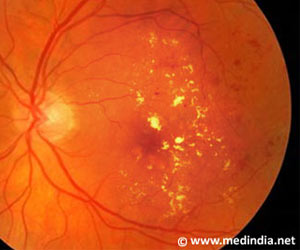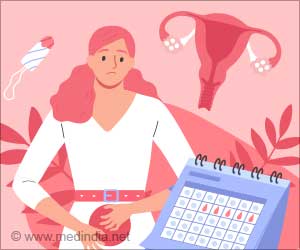Diabetic retinopathy is the most common eye disease that’s caused by complications arising from diabetes. It can eventually lead to blindness.

Q: Are South Asians at higher risk of developing diabetic eye diseases?
A: Yes, the South Asian community is at a higher risk of developing diabetes and, indeed, diabetic complications including diabetic eye diseases . The Vision and Eye Research Unit (VERU), at Anglia Ruskin University, UK, has collaborated with various international partners, including the World Health Organization, to provide estimates of blindness and visual impairment in the world. Evidence shows that there is higher prevalence of diabetes in South Asia when compared to many other parts of the world. In the UK, the prevalence of diabetes among South Asian people is six times higher than in Caucasians.
Q: How does diabetes affect eye and vision?
A: Diabetes causes changes in the lens of the eye so it can cause early cataracts. Cataract is a condition in which the lens of the eye gradually becomes opaque, resulting in a decrease in vision. Among the other most significant conditions are changes in the retina which can lead to blood leaks and hemorrhages in the eye. This is called diabetic retinopathy. This can progress to irreversible blindness if left untreated.
Diabetic Retinopathy Can be Divided into Four Stages:
- Mild non-proliferative retinopathy: At this stage, damage to the eyes just begins and small areas of balloon-like swelling occur in tiny blood vessels of the retina.
- Moderate non-proliferative retinopathy: Some blood vessels that nourish the retina become blocked.
- Severe non-proliferative retinopathy: More blood vessels get blocked, which disrupts the blood supply to the retina.
- Proliferative retinopathy: At this stage, signals sent by the retina trigger the development of new blood vessels. These blood vessels grow in the retina and the vitreous. Vitreous is a transparent gel that fills the interior of the eye. These new blood vessels are fragile and abnormal. If left untreated, these blood vessels may bleed, clouding vision or scar causing further damage or even retinal detachment.
Symptoms of Diabetic Retinopathy may Include:
- Blurred, double, or distorted vision
- Floaters or spots in your vision.
- Partial or total loss of vision or a shadow or veil across your field of vision.
- Pain, pressure, or constant redness of the eye.
A: Our research has shown a number of differences between different groups. The study evaluated the impact of the major risk factors on the probability of sight-threatening retinopathy (STR).
Our analysis found that Asians demonstrated significantly higher rates of STR. The analysis also showed that age, duration, race, gender, and insulin-requiring status are linked to STR. The population-based study highlighted that Caucasians had a 12.5-year longer duration than Asians for the same level of STR.
Q: How can we prevent diabetic retinopathy?
A: Control your blood sugar levels. To keep blood glucose levels in a target range, monitor your blood glucose levels frequently and take insulin or medicines for type 2 diabetes, if prescribed. Eat a healthy diet and get regular physical exercise.
Control your blood pressure. Severe form of retinopathy and macular edema is more likely to occur in people with high blood pressure. So, keep blood pressure levels in a target range to reduce the risk.
Have your eyes examined by an eye specialist every year. The screening will not prevent diabetic eye disease. But it can help detect diabetes eye diseases early and avoid vision loss.
Immediately consult an ophthalmologist if you feel vision changes such as floaters, blurry or double vision. These are indications of serious damage to your retina.
Q: What should policy makers do to reduce the prevalence of diabetic retinopathy in South Asia?
A: It would be good to take more affirmative steps to create awareness on diabetes and hypertension and of how lifestyle choices can influence diabetes and its complications. Examples include ethnic friendly written materials, champions in the community, ethnically supportive support groups and eliciting the support of family members.
Q: Tell us about your future research plans with VERU? Also tell us how it’s going to change the lives of people with vision problems.
A: I lead a large multi-center international research project that explores factors that influence the progression of sight-threatening diabetic retinopathy. The project investigates the profiles of diabetic retinopathy in rural and urban communities and explores the non-clinical factors that influence these populations. It builds upon my existing research on diabetic retinopathy in South Asians. My international collaborators include SankaraNetralaya Hospital in India (Chennai), Peterborough NHS Trust (UK), the RNIB (UK), AIMS (Kochi), and hospitals in Nepal and Darjeeling. The long-term plan is to provide evidence-based data on how non-clinical intervention, such as improving self-help and self-knowledge, results in decreased blindness.















